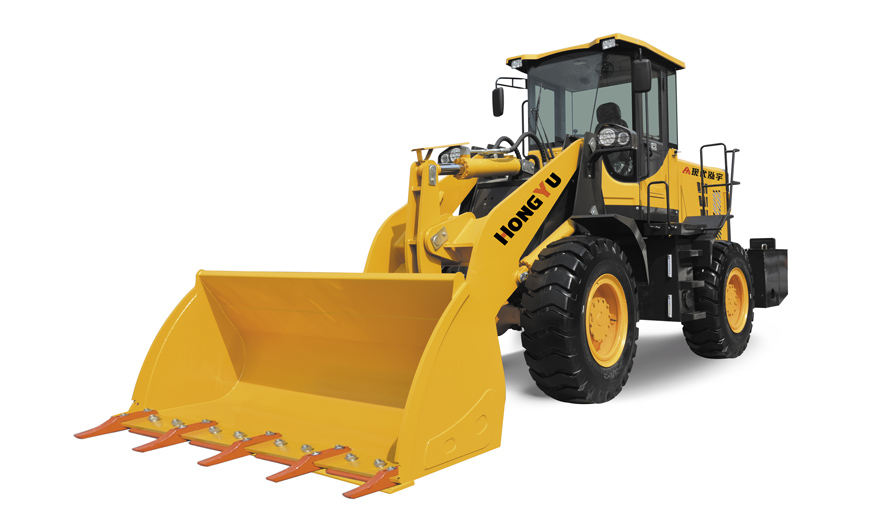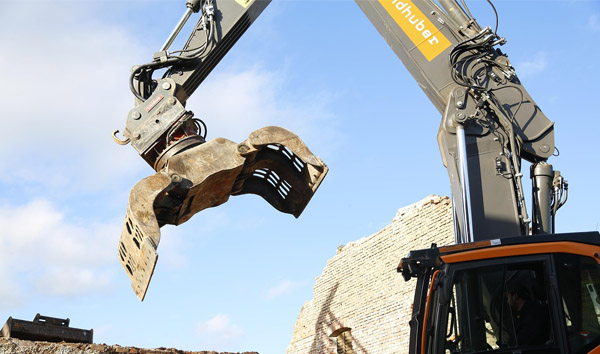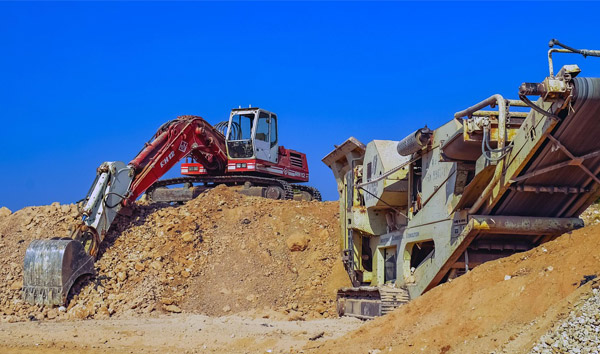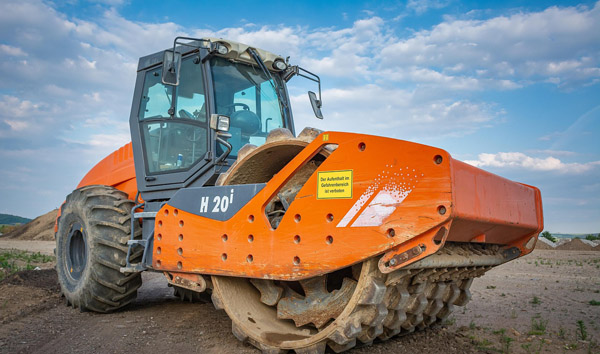Revolutionizing Heavy-Duty Operations: The Future of Construction Machinery
2025-07-31 05:25:21
The global construction machinery market is projected to reach $230 billion by 2027, fueled by urbanization and infrastructure development. Leading manufacturers are integrating AI and IoT to enhance efficiency, reduce downtime, and optimize fuel consumption. For instance, Caterpillar’s autonomous bulldozers now leverage real-time data analytics to improve grading accuracy by 30%. Such advancements underscore the growing role of smart technologies in modern construction machinery.
Sustainability is another critical focus area, with electric and hybrid construction machinery gaining traction. Komatsu’s recent launch of a zero-emission excavator highlights the industry’s commitment to reducing carbon footprints. Governments worldwide are incentivizing green machinery adoption through subsidies, further accelerating market growth. According to a 2023 McKinsey report, electrified construction machinery could account for 15% of total sales by 2030.
Despite these innovations, challenges persist, particularly in developing regions where high costs and limited infrastructure hinder adoption. However, rental and leasing models are emerging as viable solutions, making advanced construction machinery more accessible. Companies like United Rentals report a 22% annual increase in demand for leased heavy equipment, signaling a shift in procurement strategies.
In conclusion, the future of construction machinery lies in automation, sustainability, and flexible ownership models. As technology evolves, the industry must address cost barriers while continuing to innovate. The next decade will likely see even greater integration of AI and renewable energy, redefining how construction projects are executed worldwide.














